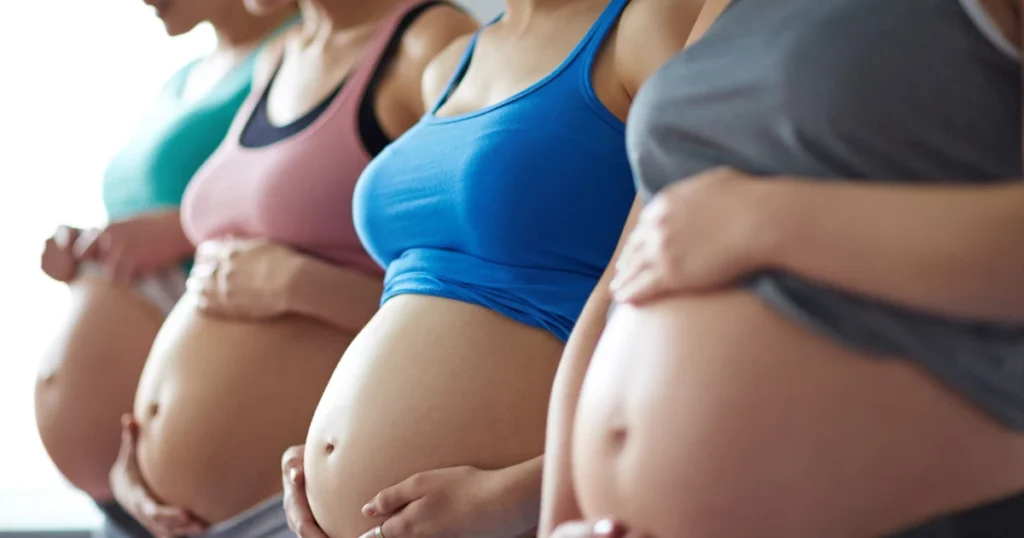Losing weight after having a baby is a journey that many new mothers embark on once they’ve passed the initial postpartum recovery period. At three months postpartum, your body has had some time to heal, and you might be feeling ready to focus on your health and fitness goals. This comprehensive guide will help you understand how to approach postpartum weight loss safely and effectively.
Understanding Your Postpartum Body

Your body goes through remarkable changes during pregnancy and continues to adapt in the months following childbirth. At three months postpartum, your hormone levels are beginning to stabilize, though they’re not quite back to pre-pregnancy levels if you’re breastfeeding. It’s important to remember that your body needs time to recover, and gradual weight loss is the healthiest approach.
The majority of women retain 10-15 pounds of pregnancy weight after giving birth. This extra weight serves important purposes, especially for breastfeeding mothers. However, by three months postpartum, your body is typically ready to begin a gentle weight loss journey.
Safe Weight Loss Goals for Postpartum Mothers
When setting weight loss goals at 3 months postpartum, it’s essential to be realistic and prioritize your health. Here’s a helpful table showing recommended weekly weight loss targets based on your activity level and breastfeeding status:
| Activity Level | Breastfeeding | Non-Breastfeeding | Weekly Weight Loss Goal |
|---|---|---|---|
| Light | Yes | – | 0.5-1 lb |
| Light | No | – | 1-1.5 lbs |
| Moderate | Yes | – | 1-1.5 lbs |
| Moderate | No | – | 1.5-2 lbs |
| Active | Yes | – | 1.5-2 lbs |
| Active | No | – | 2-2.5 lbs |
Creating a Sustainable Nutrition Plan
Nutrition plays a crucial role in postpartum weight loss 3 months after delivery. Your body needs adequate nutrients to maintain energy levels, support potential breastfeeding, and fuel your gradual return to exercise. Here’s how to approach your nutrition:
Caloric Needs If you’re breastfeeding, you’ll need an additional 300-500 calories per day to maintain milk supply. Focus on nutrient-dense foods rather than empty calories. For non-breastfeeding mothers, calculate your base metabolic rate and create a modest caloric deficit of 300-500 calories per day for sustainable weight loss.
Essential Nutrients Include these key nutrients in your daily diet:
- Protein: Lean meats, fish, eggs, legumes, and dairy products help maintain muscle mass and promote satiety
- Complex carbohydrates: Whole grains, vegetables, and fruits provide sustained energy
- Healthy fats: Avocados, nuts, seeds, and olive oil support hormone production
- Iron-rich foods: Especially important if you experienced blood loss during delivery
- Calcium: Crucial for bone health and milk production
Meal Planning Tips
Planning your meals becomes particularly important when focusing on weight loss 3 months postpartum. Prepare simple, nutritious meals that you can easily eat with one hand while caring for your baby. Stock your kitchen with healthy snacks like cut vegetables, fruits, and portioned nuts.
Sample Daily Meal Plan:
Breakfast:
- Oatmeal with berries and almonds
- Greek yogurt
- Green tea or coffee
Mid-Morning Snack:
- Apple slices with peanut butter
- Small handful of walnuts
Lunch:
- Quinoa bowl with grilled chicken
- Mixed vegetables
- Olive oil dressing
Afternoon Snack:
- Hummus with carrot sticks
- Whole grain crackers
Dinner:
- Baked salmon
- Sweet potato
- Steamed broccoli
Evening Snack (if needed):
- String cheese
- Small piece of fruit
Safe Exercise After 3 Months Postpartum

Exercise is a crucial component of postpartum weight loss, but it’s important to start gradually and listen to your body. At 3 months postpartum, most women can begin incorporating more structured exercise, provided they’ve received clearance from their healthcare provider.
Starting Your Exercise Routine
Begin with low-impact activities and gradually increase intensity:
Walking Start with 15-20 minute walks and gradually increase to 30-45 minutes. Walking is perfect for weight loss 3 months postpartum as it’s gentle yet effective. You can even bring your baby in a stroller, making it a practical exercise option.
Postpartum-Safe Core Work Focus on rebuilding core strength with exercises like:
- Pelvic tilts
- Modified planks
- Bridge poses
- Bird dogs
These exercises help strengthen your core while being gentle on your recovering abdominal muscles.
Strength Training Light strength training can begin at 3 months postpartum. Use body weight exercises or light weights to:
- Improve muscle tone
- Boost metabolism
- Enhance posture
- Support joints
Proper Recovery and Rest
Remember that rest is just as important as exercise for postpartum weight loss. Quality sleep helps:
- Regulate hunger hormones
- Support metabolism
- Aid muscle recovery
- Maintain energy levels
While getting adequate sleep can be challenging with a new baby, try to rest when your baby sleeps and accept help from family and friends when offered.
Tracking Progress and Staying Motivated

When working on weight loss 3 months postpartum, it’s important to track your progress in a healthy way. Consider these methods:
Non-Scale Victories:
- How your clothes fit
- Energy levels
- Strength improvements
- Mood enhancement
- Better sleep quality
Setting Realistic Milestones
Create small, achievable goals rather than focusing solely on the number on the scale. For example:
- Walking an extra 5 minutes each week
- Adding one new healthy recipe to your meal rotation
- Completing a full set of modified push-ups
- Maintaining consistent water intake
Common Challenges and Solutions
During your postpartum weight loss journey, you might face several challenges. Here are some common issues and solutions:
Time Management Challenge:
Finding time to exercise with a new baby Solution: Break exercise into smaller sessions throughout the day, involve your baby in activities, or exercise during nap times
Energy Levels Challenge:
Feeling too tired to exercise or prepare healthy meals Solution: Meal prep when you have energy, choose quick workout options, and prioritize sleep when possible
Breastfeeding Concerns Challenge:
Maintaining milk supply while losing weight Solution: Stay hydrated, eat enough calories, and lose weight gradually
Mental Health Considerations
The postpartum period can be emotionally challenging, and it’s essential to maintain a healthy mindset during your weight loss journey:
- Focus on health rather than just numbers
- Celebrate small victories
- Connect with other postpartum mothers
- Seek professional help if needed
Long-term Success Strategies
To maintain your weight loss progress beyond the initial 3 months postpartum:
Create Sustainable Habits
- Develop a consistent sleep schedule
- Plan meals in advance
- Find exercises you enjoy
- Build a support system
Stay Consistent
- Keep healthy snacks readily available
- Schedule regular movement breaks
- Track progress in a journal
- Adjust goals as needed
When to Seek Professional Help
Consider working with professionals if you:
- Experience persistent pain during exercise
- Have concerns about diastasis recti
- Struggle with emotional eating
- Need personalized nutrition guidance
Remember, every mother’s postpartum weight loss journey is unique. What works for one person may not work for another. Focus on making sustainable changes that fit your lifestyle and support your overall health and wellbeing.
Weight loss 3 months postpartum is achievable with a balanced approach to nutrition and exercise. Remember to:
- Set realistic goals
- Focus on nutrient-dense foods
- Start exercise gradually
- Prioritize rest and recovery
- Celebrate progress
- Stay patient with yourself
By following these guidelines and listening to your body, you can work toward your weight loss goals while maintaining your health and enjoying this special time with your new baby. Remember that sustainable weight loss takes time, and being kind to yourself during this journey is just as important as the physical changes you’re working toward.